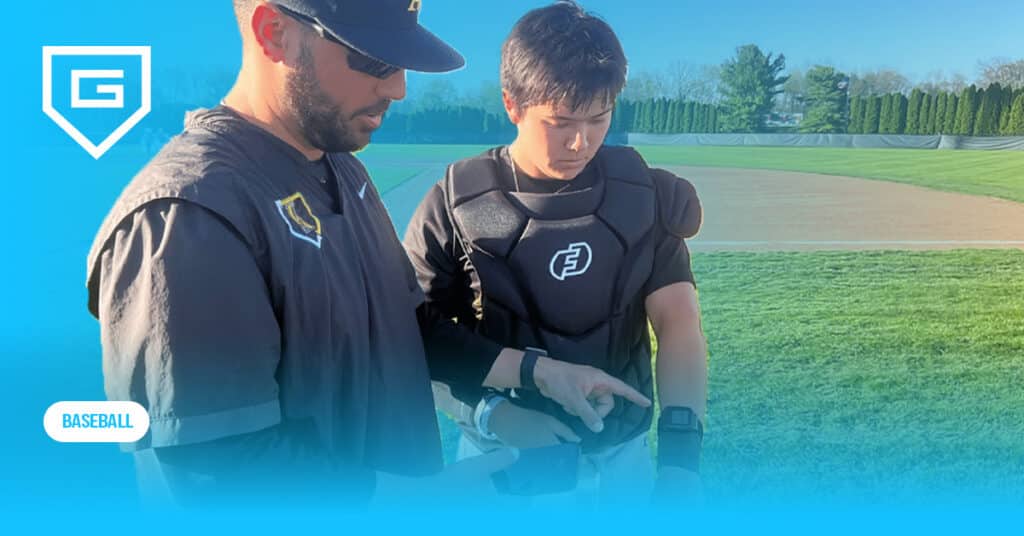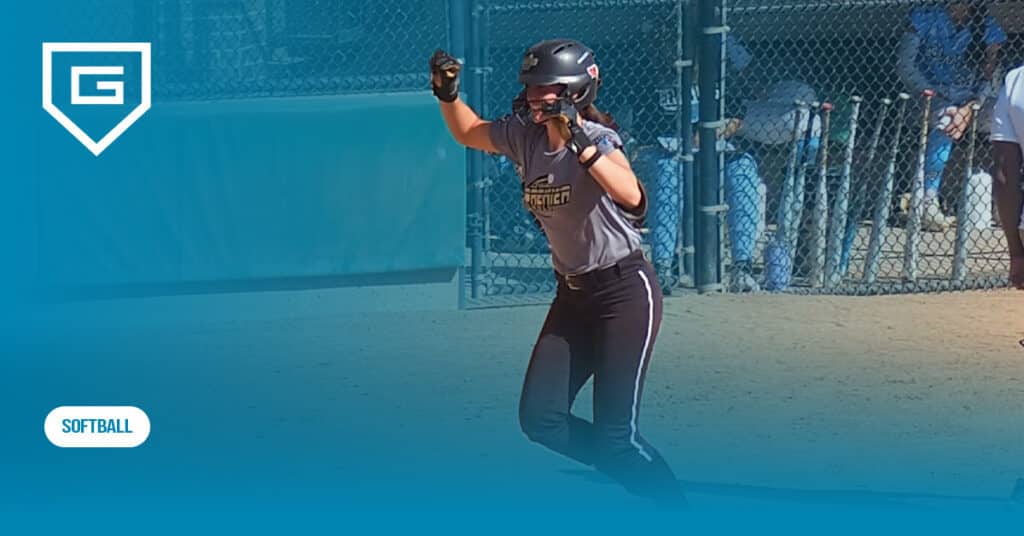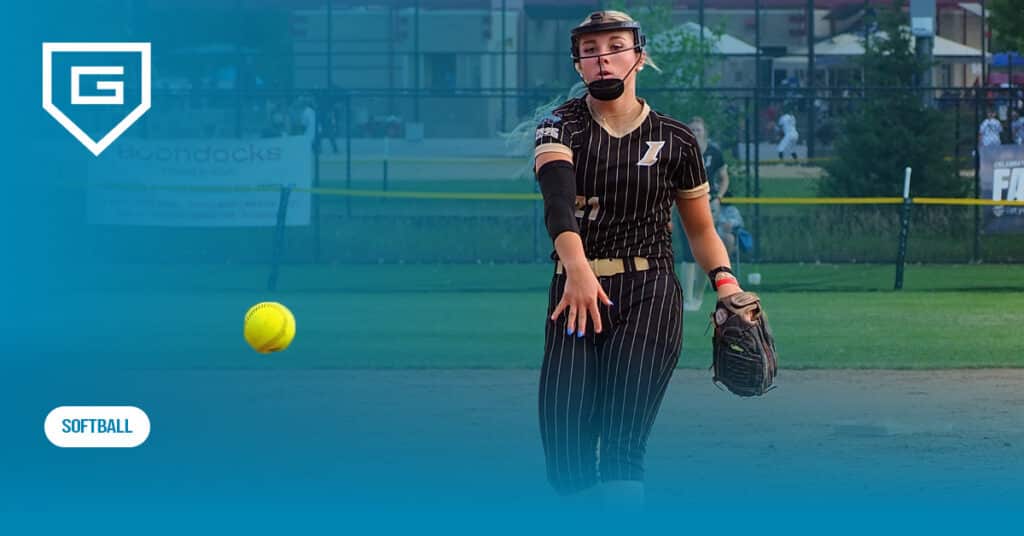Football Sideline Signs: How Teams Use GoRout to Boost Performance
Reading Time: 8 minutes
Reading Time: 8 minutes
Football sideline signs have been a staple in the game for years. They give teams a fast way to send plays without shouting across the field.
You’ve seen the giant posters, hand signals, and color-coded boards. But those methods come with risks, especially when opponents figure them out during sporting events.
Teams now turn to GoRout to replace traditional sideline signs with secure, instant communication that boosts results and cuts down on stolen signals.
With GoRout, you don’t rely on flashy signs or complex gestures. Coaches send plays straight to players through digital wristbands, making communication faster and tougher to intercept.
Today, we will cover the basics of football sideline signs, explain the shift to digital communication systems and show how GoRout improves team performance during games and practices.
What Are Football Sideline Signs?
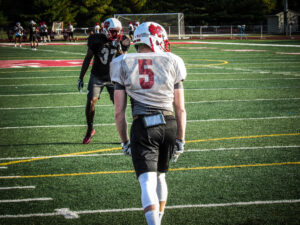
Football sideline signs are large boards, hand signals, or visual cues coaches use to communicate plays during games.
You see them held up on the sideline so players can quickly understand the next call without huddling or relying on long verbal instructions.
Signs can be simple gestures or picture boards with random images that only your players know how to read.
The main purpose of sideline signs is speed and clarity. They let your team keep a fast tempo, avoid confusion, and prevent opponents from easily predicting your plays.
Over time, sideline communication has evolved.
Teams once relied on quarterbacks wearing wrist cards. The rise of no-huddle offenses made fast visual signals more practical.
Today, many programs mix sideline signs with football play call wristbands to keep communication efficient and secure.
By combining traditional visuals with secure technology, you give your players clear instructions while reducing the risk of miscommunication or stolen signals.
Types of Football Sideline Signs
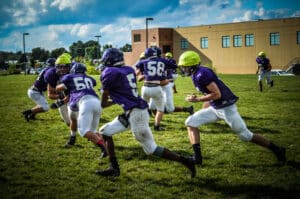
Teams use different sideline signs to send plays quickly and keep opponents guessing. These signs are crafted on vinyl banners, corrugated plastic, or other weather-resistant materials that last indoor or outdoor.
Coaches rely on bold graphics, shapes, and printed images so players can recognize calls instantly. Some programs use large picture boards with random images, logos, or celebrities.
These sideline displays are easy to spot across the field and can be swapped out often to prevent patterns from being stolen. The mix of colors and graphics helps players decode plays in seconds without slowing down the tempo.
Hand signals are another common method. Coaches or assistants use simple gestures to call plays, alignments, or adjustments.
To avoid detection, many teams rotate sign callers or add decoys so opponents can’t tell which signal is real. It keeps your communication flexible and harder to crack.
You may also see silent gestures, which are smaller, less obvious motions. These are useful in noisy stadiums or during no-huddle situations.
Silent gestures reduce the chance of sign stealing but require practice, so every player understands them. Sideline signs often work best when paired with tools like a football play sheet or digital playbook.
Combining physical signs and hand signals with secure communication systems gives you more control over how plays are delivered. It also helps protect your strategy from being exposed.
Benefits Of Football Sideline Signs
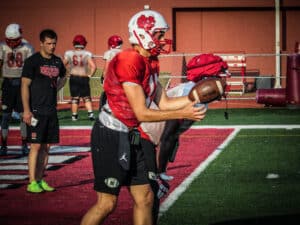
Sideline signs give your team a clear advantage by making communication faster and more secure. Instead of wasting time with long huddles or confusing signals, players get instant direction. It helps you protect your strategy while keeping the game moving at the right tempo.
One major benefit is easy setup. Signs can be prepared before the game, making them simple to use on the field. You can even tie them into your football practice plan so players know exactly how to respond.
Durability and quality matter too. Signs are built to withstand weather and repeated use. It reduces replacement costs and keeps your staff focused on coaching.
With the right tools, including modern football coaching software, sideline signs become even more effective. You gain secure communication and streamlined play calling. Plus, your players stay focused on the game.
The Risks of Sign Stealing in Football
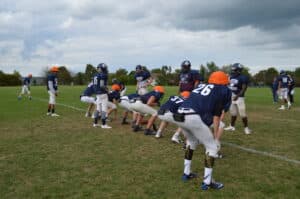
Sign stealing puts your team at risk because opponents can anticipate plays before the snap. When another sideline decodes your signals, it can block your strategy and reduce the impact of hours of preparation.
Coaches worry about safety, too. If a defense knows what’s coming, players may face harder hits or poorly timed collisions in heavy foot traffic at the line of scrimmage.
It creates an uneven and unsafe playing environment. Some methods of stealing signs are considered part of the game, like observation.
But when technology or insider leaks are involved, it crosses into unfair territory. The NCAA has clear rules on using video or electronic devices for this reason.
Common risks of sign stealing include:
- Loss of competitive balance
- Increased chance of injuries
- Distracted coaches forced to adjust mid-game
- Wasted practice time on compromised signals
Teams now use advanced systems like encrypted coach-to-player communication to prevent these issues. Sign-stealing prevention technology gives you a direct and secure way to protect your play calls.
Without protection, your signals are vulnerable to being decoded, blocked, or even shared by former players who know your system. That’s why rotating signs, using dummy callers, and adopting secure tech have become essential for every level of football.
Top Strategies To Protect Sideline Signs in Football
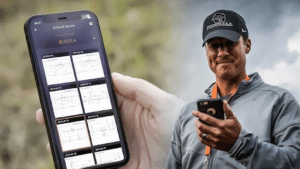
You can keep your sideline communication secure by mixing up how you deliver plays. Rotating signals and using multiple sign callers makes it harder for opponents to catch on.
Simple changes in routine can protect your team from giving away key information. One effective method is adding dummy signals.
By assigning extra personnel to flash decoys, you create confusion for anyone trying to decode your system. This tactic forces opponents to guess which signs are real.
You should also rotate your play cards and visual cues. Updating your football coaches play cards with fresh layouts helps keep your strategy unpredictable.
When cards change often, opponents lose the chance to build reliable patterns. Technology adds another layer of protection.
Secure communication tools like encrypted devices or wearable systems reduce the need for visible signals. It limits exposure and keeps your play calls between you and your players only.
How GoRout Stops Sign Stealing And Boosts Team Results
GoRout gives you a secure way to send plays without relying on hand signals or shouted calls. By cutting out visible signs, it prevents opponents from stealing messages and helps your team stay organized, practice faster, and manage games with more efficiency.
Check out these testimonials and case studies to learn more.
GoRout Scout

GoRout Scout is built for practice and helps you prepare your team without wasted time. You can upload your existing play cards via the web app and instantly deliver them to durable players’ wristbands using a mobile app.
It lets you run more plays in less time and build habits that carry into game day. Because Scout uses a cellular-based system, you don’t need Wi-Fi or routers and device syncing in the field.
Encrypted and secure play calls transfer quickly and clearly, even in tough weather. That means your scout team can mirror opponents at full speed without confusion.
Coaches often use Scout for:
- Walkthroughs and 7-on-7 drills
- Special teams installs (KO, KOR, P, PR)
- Preparing against fast-tempo offenses
- Teaching freshmen new systems
By managing reps more effectively, you create practices that feel more game-like. This approach reduces mistakes, increases confidence, and helps every player understand their role.
If you want to streamline your preparation, a football practice device like Scout can make a noticeable difference.
GoRout Gridiron
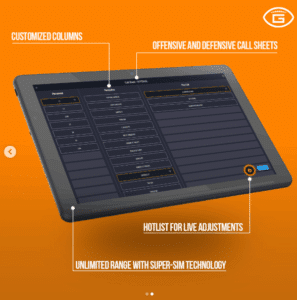
GoRout Gridiron steps in for live games and ditches those old sideline signs for wearable tech. Coaches shoot plays straight from the press box or sideline, and players get them instantly right on their wrists or belt packs.
Each device vibrates to make sure players notice, so nobody misses a call. That’s a relief when the crowd’s roaring and chaos is everywhere.

Unlike football helmet technology that reaches just one player, Gridiron can message your whole unit at once. It keeps everyone in sync and shuts down the risk of opponents cracking your signals.
It also speeds up tempo changes. You can tweak defenses or protections on the fly, which is a game-changer.
Key benefits include:
- Faster substitutions and checks
- Secure play delivery with no visible signals
- Flexible grouping by position or personnel
- Reduced errors under pressure
When you manage communication this way, you just get more out of your team. A modern football play-calling system, like Gridiron, brings security and efficiency to game day.
Conclusion on Football Sideline Signs
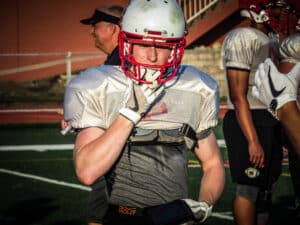
Football sideline signs help coaches send plays fast, but they also create risks when opponents try to steal signals. You need a system that keeps communication clear, secure, and efficient without slowing down the game.
With GoRout, you remove the guesswork. Instead of relying only on hand signals or picture boards, you can send plays directly to your players through encrypted devices. It keeps your strategy safe and reduces the chance of miscommunication on the field.
Fans may enjoy the colorful signs on the sideline, but for you as a coach or player, performance matters more than visuals. GoRout gives you both speed and privacy, letting your team focus on execution instead of worrying about stolen signals.
Here’s why GoRout stands out:
- Secure communication with 128-bit encryption
- Faster tempo by cutting down delays from manual signals
- Durable devices built for real game conditions
- Proven success in college football trials
By using GoRout, you protect your playbook, keep your players locked in, and give your team a fair edge. If you want to improve communication and avoid the risks of sideline signs, now is the time to act.
Get a quote today and take your team’s performance to the next level.
FAQs about Football Sideline Signs
What do signs on football sidelines mean?
Sideline signs give players quick instructions, skipping the huddle or any long chat. You’ll see coaches hold up big posters, throw hand signals, or use wristband codes.
These signs can call plays, adjust formations, or signal tempo changes. It’s all about keeping the team together and moving fast.
What are the sideline marks in football?
Sideline marks are those white boundary lines that outline the field. If you step on or past them with the ball, the play stops right there.
Coaches and players use these lines to set up formations and keep their spacing right, especially when things speed up.
What are the picture boards on the football sidelines?
Picture boards display random images, such as cartoons, objects, celebrities, or anything else. Each picture stands for a formation, route, or blocking scheme.
They look goofy to outsiders, but they help keep your play calls hidden from opponents. It’s a little bit of misdirection that actually works.
What do the signs mean in college football?
In college football, signs usually blend pictures, numbers, and hand gestures. Sometimes, an image is just a decoy while another one actually signals the real play.
This layered approach keeps defenses guessing. It gives the offense a better shot at running plays smoothly.





